Species
The Red Squirrel (Tamiasciurus hudsonicus), primarily an eastern species, reaches the northwest corner of Oregon and Washington.
The Northern Flying Squirrel (Glaucomys sabrinus) prefers mountainous coniferous forests. Although widespread and common in our region, it is nocturnal and seldom seen. It is active during the winter.
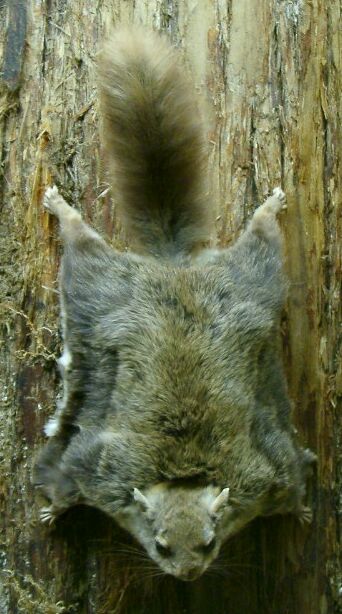
The Eastern Gray Squirrel (Sciurus carolinensis), an introduced species, is found in urban areas of Oregon and Washington. It prefers deciduous forest with nut bearing trees.
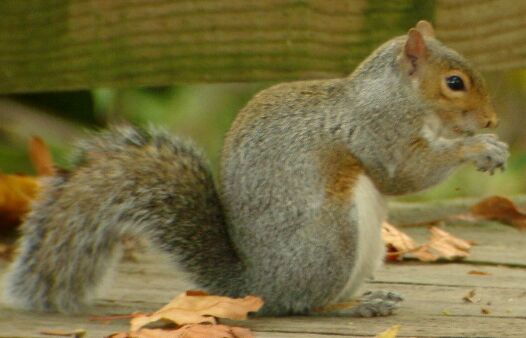
The Eastern Fox Squirrel (Sciurus niger) is another introduced species in the Northwest. It is mainly found near cities in Oregon and Washington.
Tracks
This closeup of the feet from a road kill specimen shows the multiple pads and toe pattern (4 front, 5 hind with a 1-3-1 pattern) typical of most rodents.
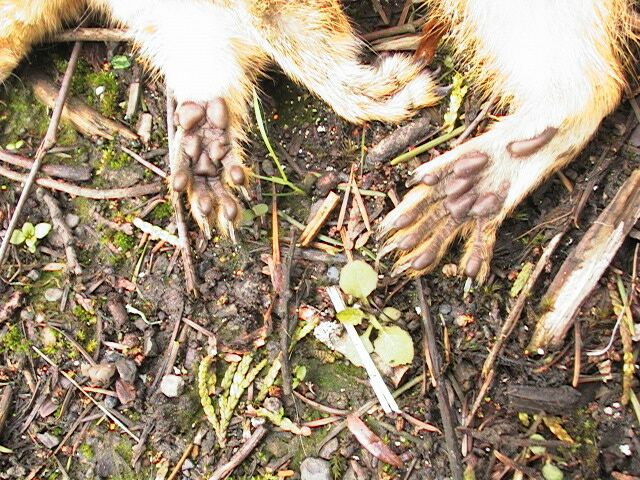
Fine silt or mud is usually necessary to show tracks of small rodents.

Note that tree squirrels are among the first animals to show tracks after a snowfall.
While diagonal front feet (rather than parallel) are more typical of ground squirrels,
the diagonal pattern can occur. Always follow the trail.
The bounding trail varies somewhat in appearance with snow depth. In deep powder, the imprints
no longer show all 4 feet and the overall pattern gives way to two parallel troughs.
The scales of pine or spruce cones mark Douglas squirrel feeding sites. Here are the remains from an Eastern Gray Squirrel eating the winged seeds from a Big Leaf Maple.Snow
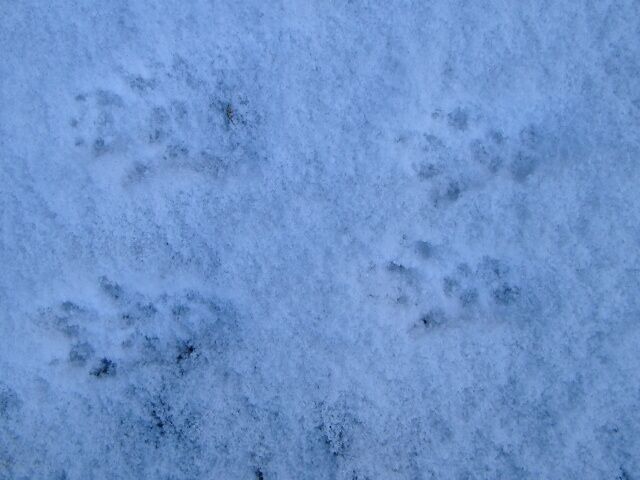

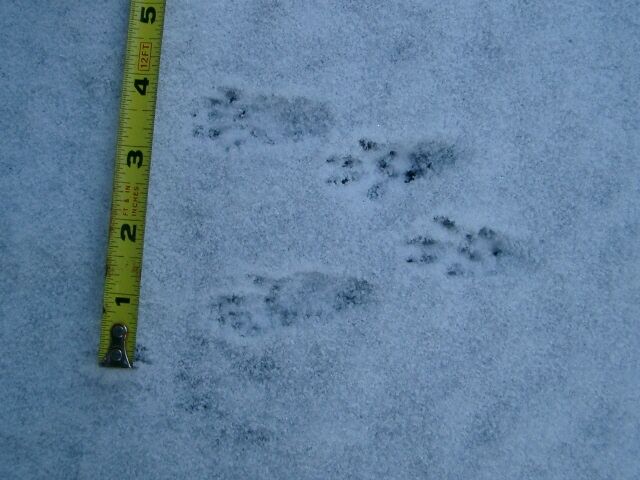
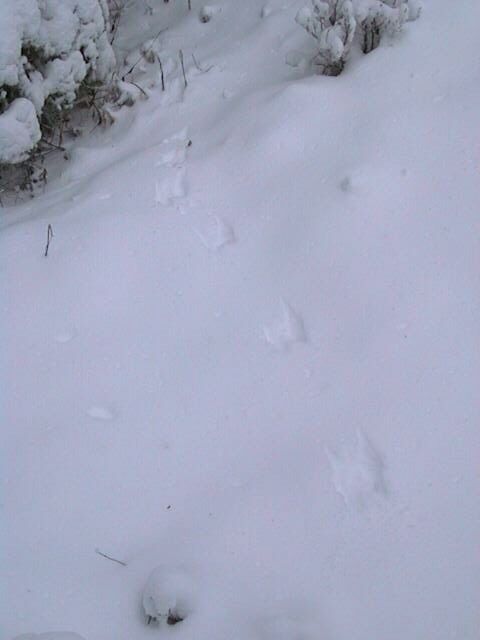
Feeding
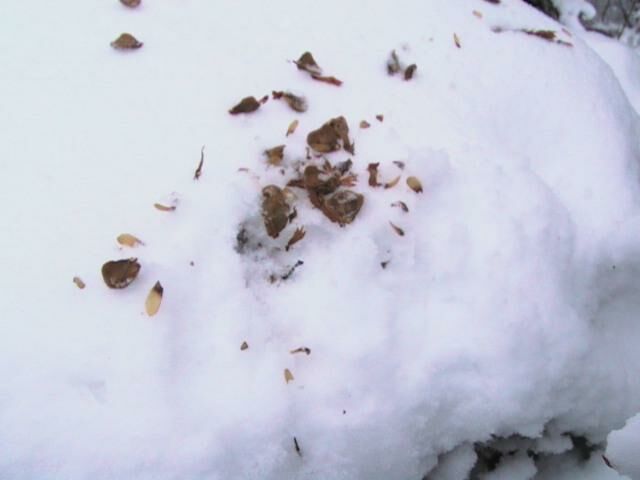
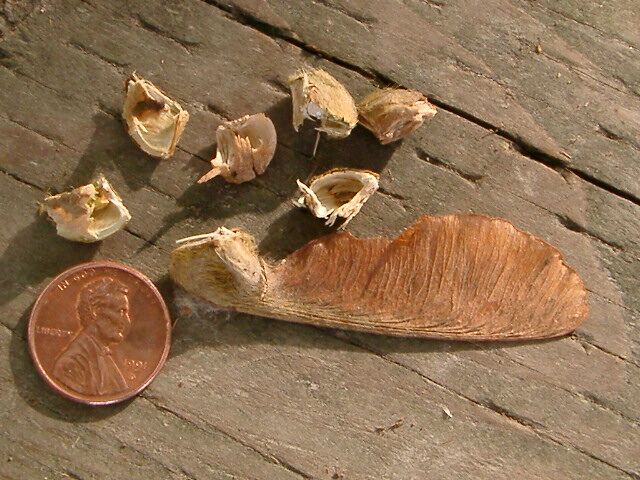
Return to Menu
